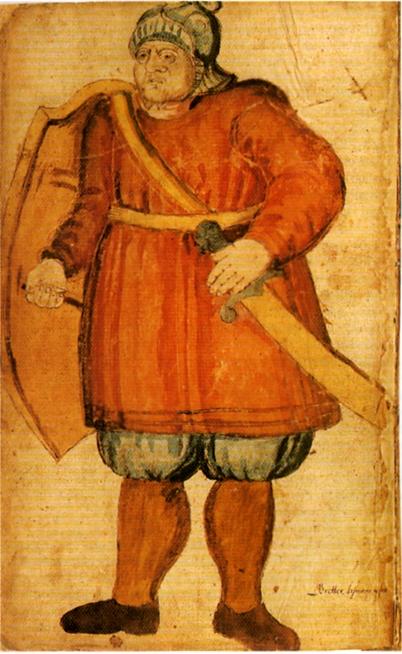“I’ve come to kill your monster!” exclaims Beowulf in the 2007 film version of the epic poem. But how do his suspicious Danish hosts know that this monstrously huge stranger is actually a hero searching for glory? And, by the same token, how do modern audiences with no prior knowledge of the Marvelverse know that the Incredible Hulk is a “good guy”? At least readers of the Icelandic sagas had an advantage: they were used to their heroes being monsters—at least part of the time.
Iceland’s medieval literature is rich in many regards: in Eddas and sagas, it tells us about early Scandinavia and its expanding world-view, ranging from the mythology of the North, the legends and heroes of the migration age, the Viking voyages and the settlement of Iceland all the way through to the coming of Christianity, and the formation of kingdoms in Scandinavia.
It also tells us about monsters—for the literature of medieval Iceland is also rich in the paranormal. In mythology, gods and men fight against giants. In the sagas, humans battle the forces of disorder, the trolls, and revenants—think a cross between a vampire and a zombie—that inhabit the wild mountains and highlands of Norway and Iceland. Or at least that is what, on the surface, appears to happen.
Trolls Won’t Always Be Trolls
Monstrosity, however, is never clear-cut. Because of their hybrid nature, monsters cannot easily be categorized—instead, they demand to be approached and read in a more nuanced way. Such a reading will soon lead to the realization that not all monsters are created equal, that they do not all pose the same threat. For trolls are not always trolls.
In fact, the word “troll,” which we now understand to denote some kind of mountain-dwelling ogre, was used for a number of different kinds of figures: witches, the undead, berserkers, but also people who were larger or stronger or uglier than ordinary humans. Which leads us to the monstrous heroes of the medieval Icelandic family sagas, or Íslendingasögur.


